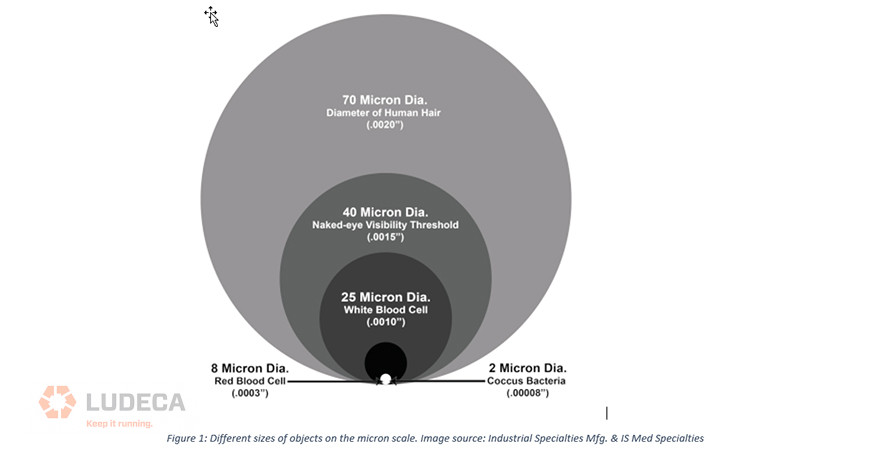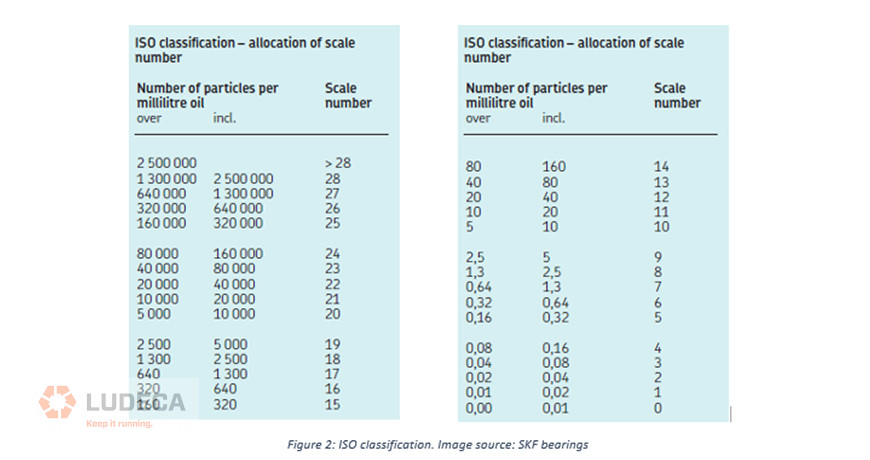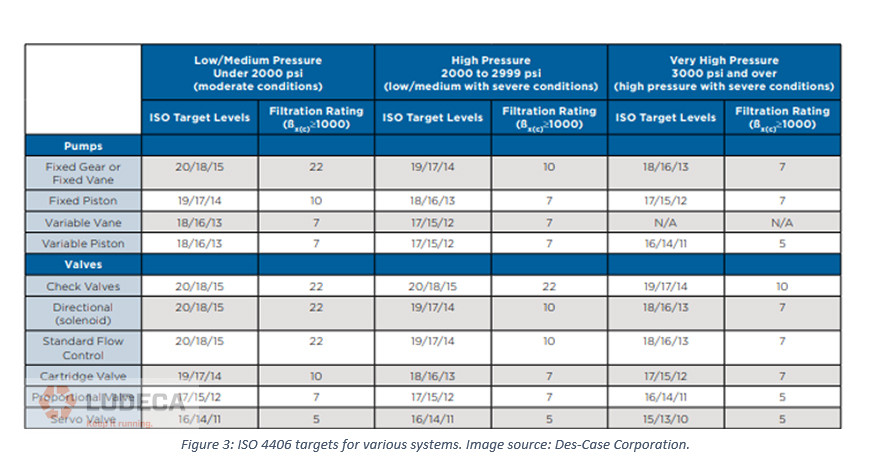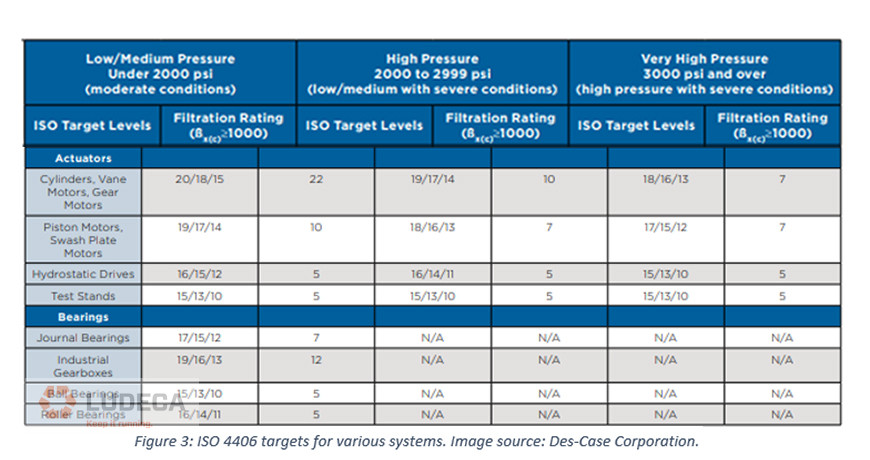Often, when one thinks about lubricants and lubrication the main focus is on the actual lubricant and ensuring that it performs its intended functions. Typically, the storage and handling aspects don’t receive as much attention as they should. Oddly enough, these aspects heavily influence the performance of the lubricant and almost 50% of lubricant degradation occurs as a result of contamination. Contamination often enters the system as a result of improper storage and handling procedures.
What difference can a micron make?
A micron sounds incredibly small, so it shouldn’t make much of a difference to a machine, right? This is simply not true. Consider walking around with a small pebble in your shoe. It can move around your shoe easily and constantly maneuver its way around some tight places often causing the wearer some level of discomfort and distress! The wearer can’t wait to get the pebble out of the shoe because it should be there in the first place. Machines can feel the same way, except they can’t take off the shoe and knock the pebble out, they need us to help them with that.
One micron is one-millionth of a meter. To put that in perspective, consider that the human hair is about 70 microns and the human eye can only see up to 40 microns as seen in figure 1 below.

However, when reporting the cleanliness of a system the standard ISO 4406 is typically used. In this standard, a number is assigned to a particular range of particles present. As such, the reading of 22/18/13 does not mean that there are particles of the size 22mm, 18mm, or 13mm. Quite contrarily, these readings represent the designated range of particles which are ≥ 4 mm, ≥ 6mm, and ≥ 14mm. In this case, the reading of 22/18/13 represents:
20,000 – 40,000 particles ≥ 4 mm
1,300 – 2,500 particles ≥ 6mm
40 – 80 particles ≥ 14mm
Figure 2 below shows the ranges and scale numbers used in this rating.

Unlike the example of the pebble in the shoe earlier, our machines have tighter clearances (especially those of hydraulic systems!). As such, contaminants can impact the system at the micron level. As per Des-Case, some targeted cleanliness levels can be observed in figure 3 below. Typically, if oils do not meet these requirements, then one can expect decreased pressure flows and eventual clogging of the system which can cause unwanted downtime.


Contamination and its effects
Contamination in any form is unwanted. Contamination or contaminants can be defined as any foreign material which enters the system. This can be broadly classified into gases, liquids, and solid materials. Once foreign material enters the system, immediately the system will become compromised as this was not the intended design. While there may be some contaminants that will not impact the system negatively, there are those which can cause the detriment of the system. When considering the lubrication industry, contamination mainly occurs during the storage and handling phases before the lubricant has entered the system.
Interestingly, contamination is classified as a mode of degradation. Contamination can be the root cause of other degradation modes. For instance, if micro dieseling is occurring then this is due to the ingress of air bubbles which can be thought of as foreign material to the system. If we think about another degradation mode namely additive depletion, this may occur due to a contaminant being present that successfully bleaches the lubricant of a particular additive. Even in the case of oxidation where free radicals are produced, if these are produced as a result of a contaminant entering the system, then contamination is the root cause of degradation in this special case.
Essentially, the effects of contamination must be understood before implementing any storage and handling practices. This allows users to become more aware of the actions or inactions which are taken on a regular basis. The effects of contamination can be quantified and used when convincing management to implement storage and handling procedures. Simply quantify the amount of downtime spent for equipment which have suffered a breakdown due to contamination and include the number of hours spent to repair the issue and if any parts were used. The final figure can be quite surprising and will get the attention of management. Stay tuned for the second part of this article where we discuss the role of Storage and Handling.
Thank you Sanya Mathura with Strategic Reliability Solutions Ltd for sharing this informative and educational series article with us!
Filed under:
Lubrication by Diana Pereda
